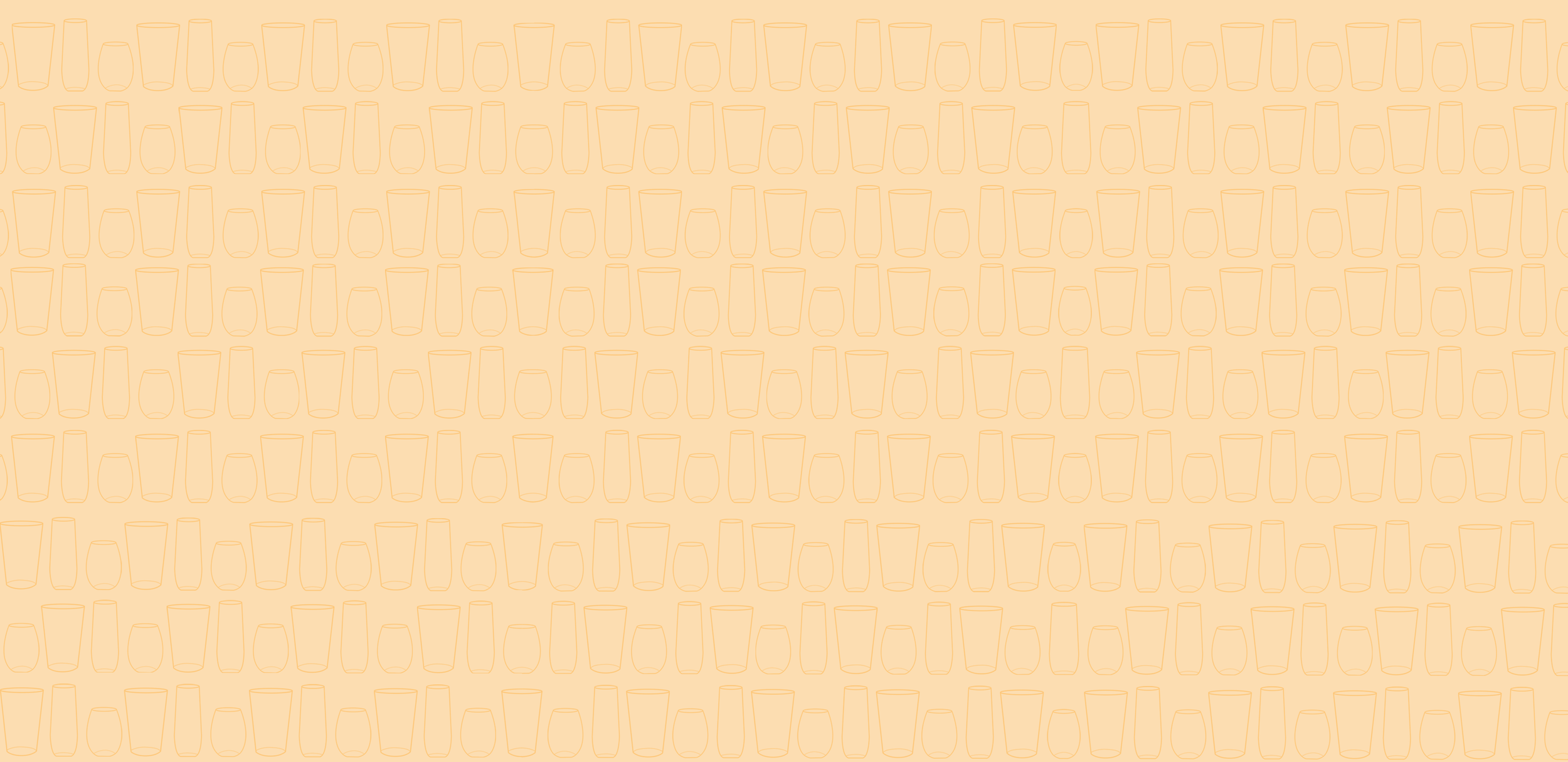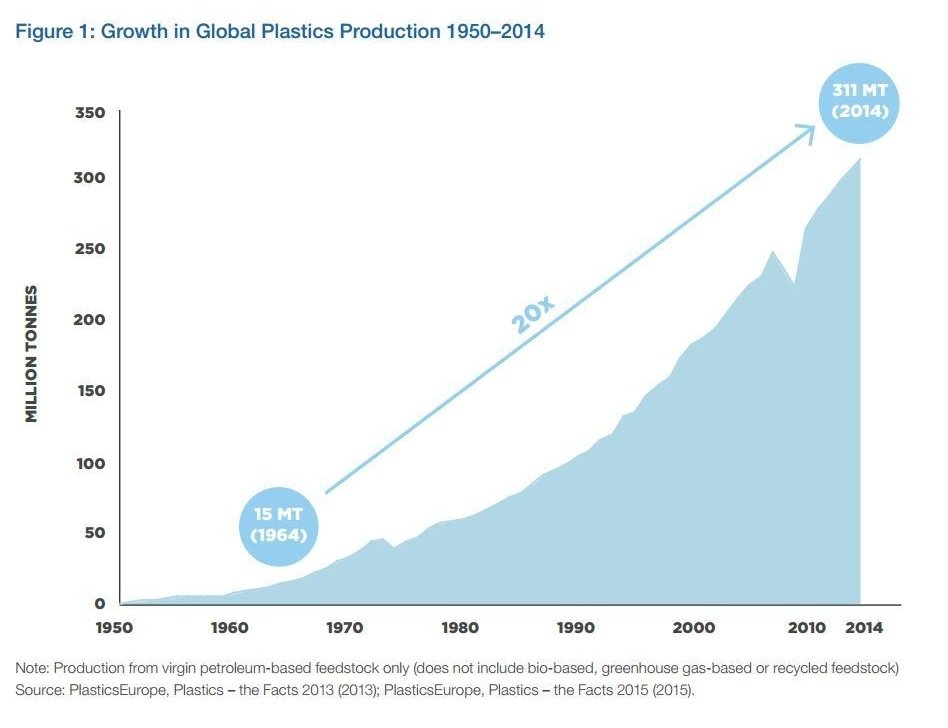
18 December 2017
The Plastics Economy Part 1: The Current Plastics Economy
Recycle, closed loop, zero waste, circular economy, reuse.
We all know the words carry weight, but what are they trying to achieve exactly?
Plastic is an environmental problem and it’s predicted that there will be more plastic in our oceans than fish by 2050 (by weight).
It is also estimated that every year an estimated 80-120 billion dollars are lost to the economy after plastic’s initial use.
What a waste!
Plastics are the workhorse of the modern economy and their popularity has kept the industry growing for more than 50 years, surging from 15 million tonnes in 1964 to 311 million tonnes in 2014 (Figure 1). It’s ingrained so thoroughly in our everyday life that most of us are used to not giving it a second thought, and it’s only when we start to pay attention you see the alarming amount of plastic, and particularly single use plastic, that is used unnecessarily. If business proceeds as usual this number is projected to double to more than 600 million tonnes in 20 years.
Plastic packaging especially is quintessentially a single use product and it exists in a wasteful, linear economy and despite growing demand, just 5% of plastics are recycled effectively while 40% end up in landfill, a third in fragile ecosystems, and the remainder is incinerated. Inevitably, we then create more of the same single-use things such as bags, cups, tubs and packaging demanded by the economy and carelessly discarded.
We need to rethink the future of plastics use and begin that fundamental transition towards a new plastics economy that applies circular principles and lives up to those words that are bandied about. Now is the time for implementation and changing production and consumption patterns to create virtuous cycles rather than depletive ones and we’re all responsible in playing our part.
- Christie

previous: A Short History of Microfibers


